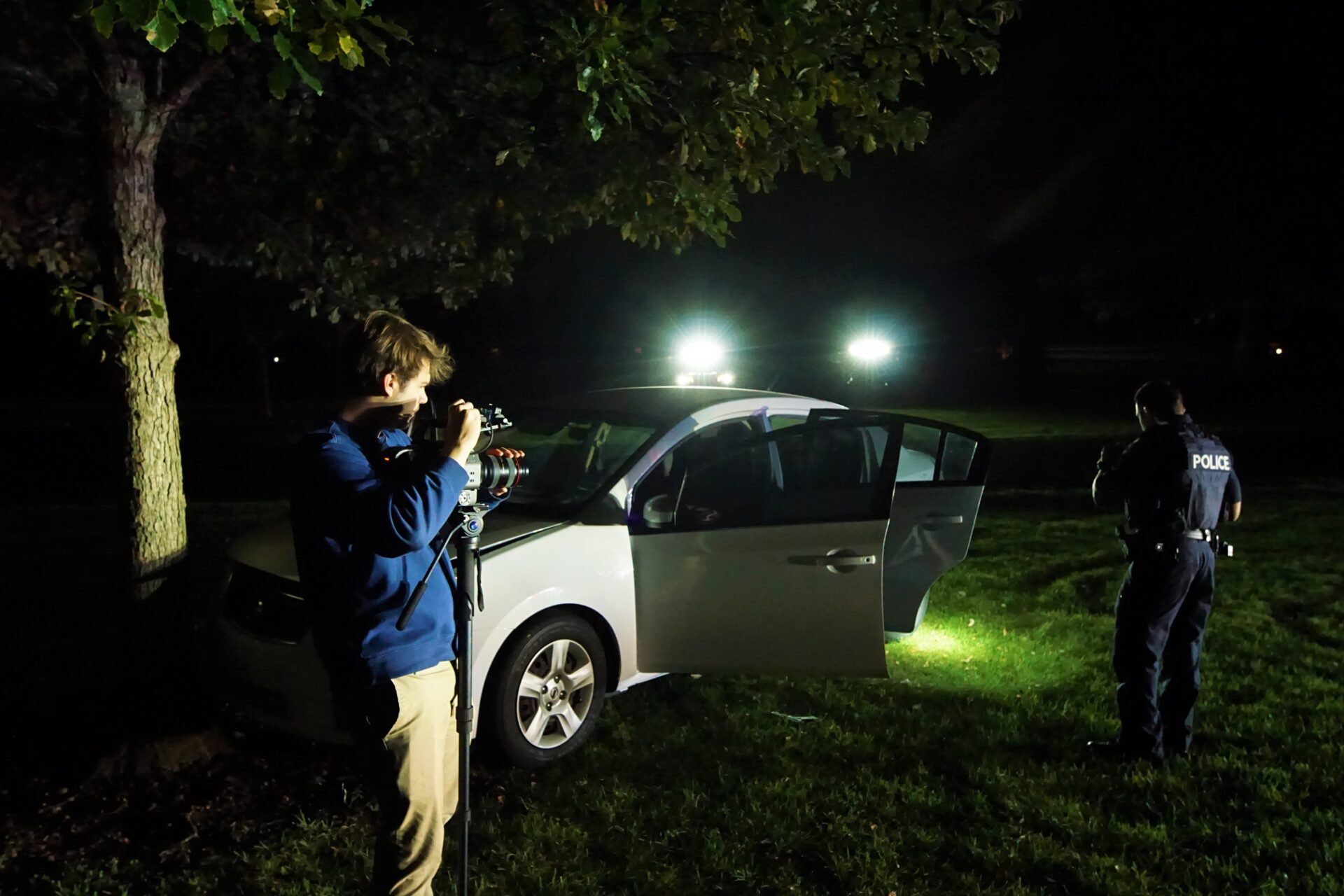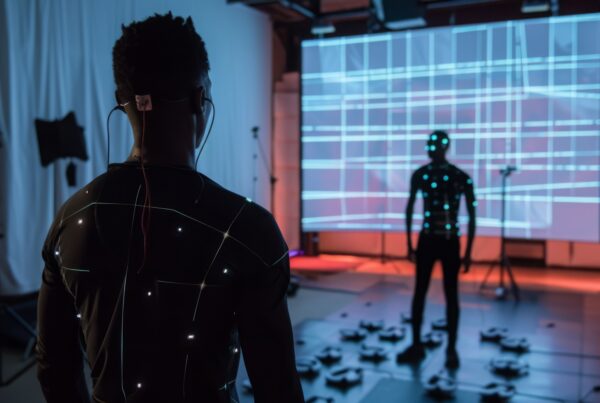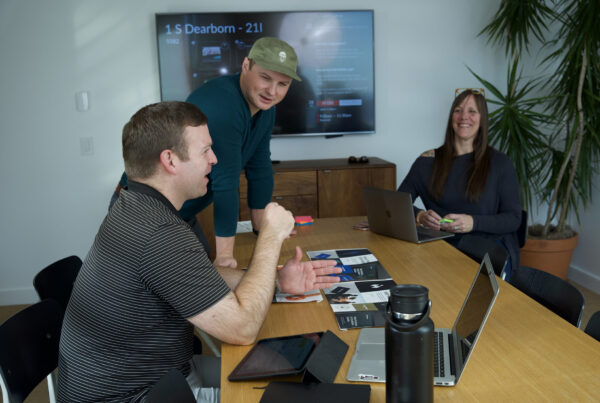Critical incident videos can affect a community’s understanding of how a police department responds to violent and difficult situations. Additionally, training in such incidents is an important part of police work. Those who work in fields that deal with people should have high-level knowledge of how such events can affect themselves as well as the other people involved. Videos of critical incidents may be used by a police department to review the altercation or crime in house and to share with the community or news media.
Creating high-quality critical incident videos and using them correctly is often crucial to police departments that encounter sensitive issues, and footage, on a daily basis. Learn more about why videos about them should be considered essential components of police department training sessions, how they are effective at raising community transparency, and how they can aid in the public briefing of the incident.
3 Effective Ways To Use Using Critical Incident Videos In Police Departments
Critical incident videos may depict situations that make people uncomfortable, angry, or scared. It’s important that, due to the highly sensitive nature of this type of video, it is produced with the utmost care and respect for its contents. Videos dealing with critical incidents are useful for police departments in several important ways.
1. Training
It’s important for your team to be prepared to face serious, life-altering situations when on duty. While you can’t prepare trainees for everything, the right videos can help your department better understand what’s expected of them and others in traumatic, frightening, or shocking situations. Critical incident training, when paired with professionally produced videos, can cover the range of emotions the police officer may feel when engaging with traumatized people and demonstrate how to quickly steer the situation toward safety.
Simply lecturing about critical incidents can help your trainees be aware of these situations, but video material can spark more in-depth discussion, especially when it is paired with a narrative. What are practical steps to take when walking into the scene of a critical incident? Can trainees recognize the signs of trauma or shock in others? Trainees can review other officers’ real-time reactions while in the field and gain an understanding of what may be expected of them in the future. Trainees then have the opportunity, after watching the video, to discuss what they would do differently in the situation or whether they thought the responding officers handled the situation correctly.
Questions that arise during a training session can help you develop a consistent plan for dealing with a critical incident and its outcome. You also have the opportunity to discuss related incidents on a theoretical basis, offer solutions, and teach strategies to determine the right course of action in a way that is beneficial for everyone involved.
2. Community Transparency and Accountability
When a shocking incident occurs in a community, people will have questions. Critical incidents are often unclear and are reviewed and investigated over weeks, months, or years. Members of the community often do not understand what happened and can react with suspicion, anger, and even outrage for how they assume the police officers handled a delicate situation. It’s important for police departments to show transparency in their actions and decisions while in the field. Consider altercations or assaults that involve police officers: A video can show clearly what exactly happened when a verbally recounted incident wouldn’t suffice.
For people in the community, such videos may assist in the understanding of the event as well as why a police officer made the choices he or she did at the moment. It’s difficult to imagine a critical incident if you’ve never experienced one, and many people feel the need to know the facts to be reassured that their police department is accountable to the public.
Most people respond to the power of narrative in nonfiction as much as in fiction storytelling. Creating a visual model of critical incident response can aid your department in holding themselves accountable with footage from body cameras, local surveillance, and more. This raw footage is combined to create a video documenting the incident that can then be shown as needed.
3. Public Briefings
Police officers frequently encounter violent situations between groups of people, between one individual and another, or between a police officer and a civilian. Critical incident videos can help news outlets, as well as the general public, understand where the incident happened, what exactly occurred between the people involved, and important details of any suspects that have left the scene of the incident and have not yet been found.
A good video should address aspects of narration and put the video in complete order from different sources and include time and date stamps as necessary. Because the raw footage used in a critical incident video can come from many different sources, viewers may have the opportunity to review how different members of the police force handled the same situation.
When the video is produced by a professional production company, you are able to then add narration or captions, put the events captured on raw footage (such as bodycams) in sequence, and add any animations and graphics (such as maps and diagrams) that will aid in the understanding of the event during public briefings. Consider what a high-quality critical incident could do during a confusing crime or altercation when compared to several raw footage videos that have no natural sequence and are difficult to hear or understand.
Get in Touch With MatchPoint Studio for Effective Critical Incident Videos
MatchPoint Studio is here to help you thrive, regardless of your occupation or work sector. If you would like more information about how we use narrative storytelling to create engaging, high-quality videos for a critical incident, recruitment, or other matters of law enforcement, please get in touch with us today for a quote. Our professional video production services can start with brainstorming and idea generation, working with you every step of the way to develop the best and most effective materials for your department.
Sources:
- https://www.cism.tas.gov.au/what-critical-incident
- https://www.lifehack.org/articles/lifehack/what-storytellers-can-teach-you-about-how-to-learn-faster.html
- https://www.policeforum.org/managing-a-critical-incident
- https://www.sanantonio.gov/SAPD/Press-Releases/ArtMID/7184/ArticleID/21602/San-Antonio-Police-Department-Critical-Incident-Video-Release-Wycliff





